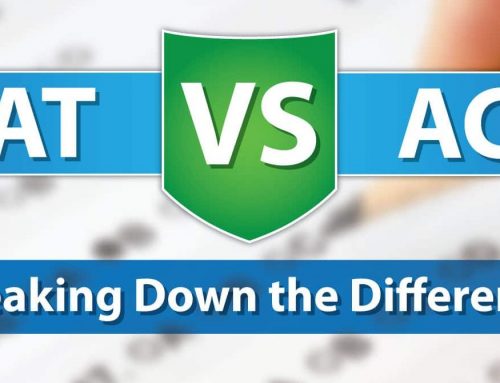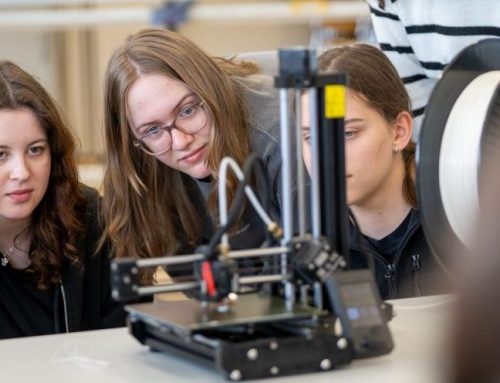The Internal Assessment (IA) and Extended Essay (EE) are not just about research and writing. Your presentation—whether it’s the EE’s viva voce or the IA explanation in subjects like Math, Science, or Language—is where you bring your thinking to life. It’s also your final chance to show your teacher that you truly understand your work and can talk about it with clarity and reflection.
Know Your Material—Don’t Memorize It
One of the most effective ways to prepare is by talking through your project without notes. This forces you to internalize your ideas, rather than rely on memorization. When you can explain your research question, approach, and results like you’re telling a story, it shows deep understanding.
Tip: Try teaching your project to a friend or parent who doesn’t study your subject. If they can understand it, you’re ready.
Structure Your Presentation Like a Story
Research shows that audiences (including examiners!) remember structured, narrative-based talks better than scattered or overly technical ones. A simple way to organize:
- Introduction – Why you chose this topic and what you set out to explore
- Body – How you conducted your research, what obstacles you faced, and your key findings
- Conclusion – What you learned, how your thinking evolved, and possible next steps
This format keeps the flow natural and helps you avoid awkward pauses or backtracking.
Visuals Should Be Clean, Not Cluttered
If you’re allowed to use slides (for IA presentations in certain subjects), follow the 1-6-6 rule:
- 1 idea per slide
- No more than 6 bullet points
- No more than 6 words per point
Use visuals like graphs, quotes, or diagrams to illustrate—not repeat—what you’re saying. Studies show that people absorb information better when visuals complement speech, not duplicate it.
Practice Out Loud—With Distractions
Practicing silently or just reading your notes doesn’t simulate the real experience. Instead, record yourself, present in front of a mirror, or get a friend to act as the teacher. Better still, practice with some background noise to simulate pressure.
Tip: Research from the University of Michigan found that practicing under mild stress improves real performance by building your ability to stay focused under pressure.
Master the Q&A with the “Repeat-Reframe-Respond” Technique
When your teacher asks a question, use this three-step method:
- Repeat – “That’s a great question about how I handled bias…”
- Reframe – Rephrase the question to make sure you understood and to give yourself a second to think
- Respond – Give a concise, honest answer; if you don’t know something, explain how you’d investigate further
This shows clarity, composure, and critical thinking.
Body Language and Delivery: The Silent Influencers
Psychological studies confirm that non-verbal communication carries more weight than we often think. You don’t need to be a performer, but:
- Stand with both feet grounded—not swaying
- Use purposeful hand gestures—avoid fidgeting
- Maintain eye contact—scan the room, don’t stare at your notes
- Pause intentionally—don’t rush to fill every silence
Speaking slower than you think you need to helps your audience absorb more—and it makes you appear more confident.
Be Honest in Your Reflection
Teachers aren’t looking for perfect answers. They’re looking for evidence of personal growth. When reflecting on your process, be specific about what didn’t go to plan and how you adapted. For the EE viva voce, discuss moments where your perspective changed or when you had to rethink your approach.
Final Thoughts
Effective presentations don’t require you to be a “natural speaker.” With smart preparation—like using structured storytelling, visual clarity, and purposeful practice—you can stand out. Your IA or EE presentation is your chance to show the depth of your work and your growth as a learner.
So rehearse with purpose, speak with intention, and reflect with honesty. You’ve done the work—now let it shine.




